|
Salamander Justice was originally published by Madness Heart Press in 2020. Unfortunately it was early pandemic and things got lost in the shuffle. However, there is great news as they are re-releasing it with a new, better cover and an updated edit and that is coming out later this month. And Ginger Nuts of Horror is proud to bring news about this great book and the new cover. As well as details of Tamika's brand new collection Unshod, Cackling, and Naked published next year by Unnerving Press!!  Salamander Justice Synopsis Veda is a successful public relations director who recently relocated to Kauai where she is grieving the murder of her ex-boyfriend Michael. Sam is a self-proclaimed vegan-pacifist who is searching for his life’s purpose despite being supported by his wealthy family. The salamanders that populate the Hawaiian island, that sneak into homes, and scurry across footpaths are simply an afterthought. Believing that Veda is “the one,” Sam introduces her to his family in the hopes that he can turn their friendship into something more, but his plan is thwarted when Veda becomes smitten with his older brother Adam. Strange occurrences befall the trio on the anniversary of Michael’s murder, and as Veda chooses Adam, and as Sam becomes increasingly resentful, the love triangle spirals into a jealousy and anger so strong they begin to question reality. Is the human-like salamander that Veda sees real or imagined? Is the leathery, yellow stripe growing on Sam's chest just in his head? Salamander Justice asks, Which creatures deserve to live? The answer will prove to be deadly. 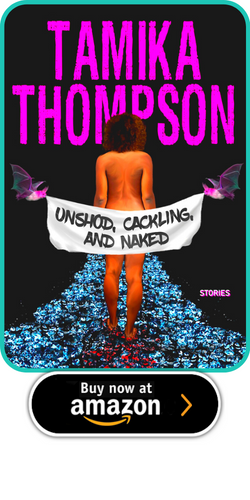 The collection, to be published in January 2023 by Unnerving Press, is called Unshod, Cackling, and Naked. The themes in this collection are deeply personal and represent people--Black people in particular--throwing off the expectations of society in various ways. Here's the cover copy: A beauty pageant veteran appeases her mother by competing for one final crown, only to find herself trapped in a hand-sewn gown that cuts into her flesh. A journalist falls deeply in love with a mysterious woman but discovers his beloved can vanish and reappear hours later in the same spot, as if no time has passed at all. A cash-strapped college student agrees to work in a shop window as a mannequin but quickly learns she’s not free to break her pose. And what happens when the family pet decides it no longer wants to have “owners?” In the grim and often horrific thirteen tales collected here, beauty is violent, and love and hate are the same feeling, laid bare by unbridled obsession. Entering worlds both strange and quotidian, and spanning horror landscapes both speculative and real, Unshod, Cackling, and Naked asks who among us is worthy of love and who deserves to die? PRAISE FOR TAMIKA THOMPSON "['Bridget Has Disappeared'] is the optimum compelling and horror- evolving fiction..." — The Gestalt Real-Time Reviews of Books “With her distinct voice, Thompson has woven a passionate tale of love, horror, suspense, and magical realism. Salamander Justice is gripping, unique, and self-reflective in a way that, as a reader, I was disarmed by. The way Thompson plays with this idea of identity and echoes of ourselves sticks with you ... It’s one of the most original thrillers I’ve read in a long time; I am in awe.” — Scott Waldyn, Literary Orphans "Tamika Thompson tells a mean monster story [in Salamander Justice], a curiosity of wants against the backdrop of corporate power and violent paradise.” — Monique Quintana, author of Cenote City (Clash Books), and contributing editor at Luna Luna Magazine  Tamika Thompson is a writer, producer, and journalist. She is the author of Unshod, Cackling, and Naked (Unnerving Books, 2023) and Salamander Justice (Madness Heart Press, 2022). She is co-creator of the artist collective POC United and fiction editor for the group’s award-winning anthology, Graffiti. Her work has appeared or is forthcoming in several speculative fiction anthologies as well as in Interzone, Prairie Schooner, The New York Times, and the Los Angeles Review of Books, among others. Thompson also has producing credits at Clear Channel Media and Entertainment, as well as with NBC and ABC News. She received a Bachelor of Arts in Political Science from Columbia University and a Master of Arts in Journalism from the University of Southern California. She lives in the San Francisco Bay Area. Find her online at www.tamikathompson.com. Website www.tamikathompson.com https://twitter.com/tamikathompson https://www.instagram.com/tamikathompson/ Slasher https://slasher.tv/tamikathompson CHECK OUT TODAY'S OTHER ARTICLES BELOW THE HEART AND SOUL OF HORROR PROMOTION WEBSITES Coming from Titan Books July 2023, Unquiet by E. Saxey We are honoured to bring you the exclusive cover reveal for Unquiet by E. Saxey, publishing by Titan Books in July 2023, (it's up for preorder if you want to grab a copy now). And we also have an exclusive extract from The Unquiet, scroll down for the full cover and the extract. A gripping horror debut novel from an exciting new voice in British horror in which young woman, mourning the death of her brother-in-law a year earlier, discovers him one evening in her garden and journeys to strange folk festivals, isolated communities and asylums, unravelling the mysterious circumstances of his disappearance. At once a tense, gripping mystery and a terrifying Victorian gothic horror, this is perfect for fans of The Haunting of Hill House and Sarah Waters. Synopsis: London 1893. Judith has been living alone in her family home for four months, the rest of her family travelling around the world whilst she tries desperately to get over the death of Sam, her brother-in-law, who drowned in an accident a year ago. One icy evening, she discovers Sam, alive, in the garden. He has no memory of the past year, and remembers little of the accident that appeared to take his life. Desperate to keep his reappearance a secret until she can discover the truth about what happened to him, Judith journeys outside of the West London Jewish community she calls home, to the scene of Sam’s accident, only to unearth secrets she never thought she would find. Out July 2023 from Titan Books 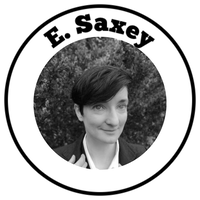 About the author: E. Saxey is an ungendered Londoner who works in universities. Their fiction has appeared in Daily Science Fiction, Apex Magazine, Queers Destroy Science Fiction and in anthologies including Tales from the Vatican Vaults and The Lowest Heaven. They live in London and tweet at @esaxey Exclusive extract: |
Archives
April 2023
|











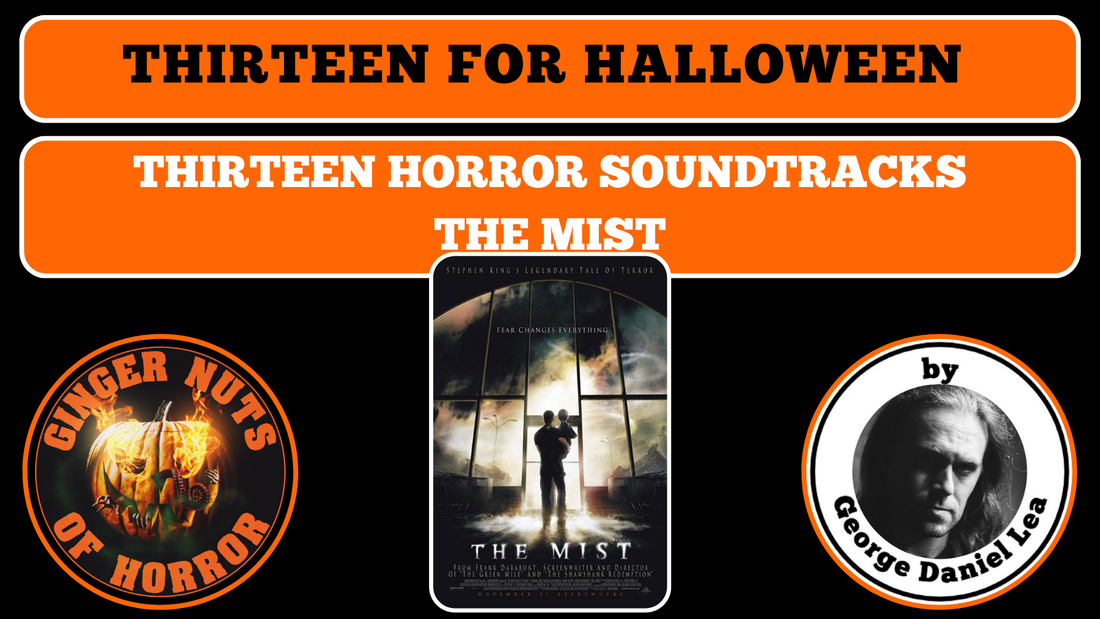
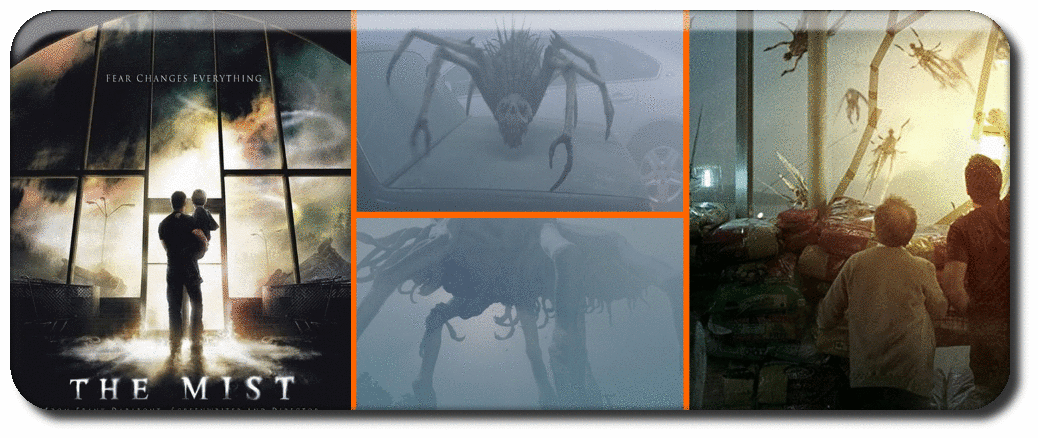



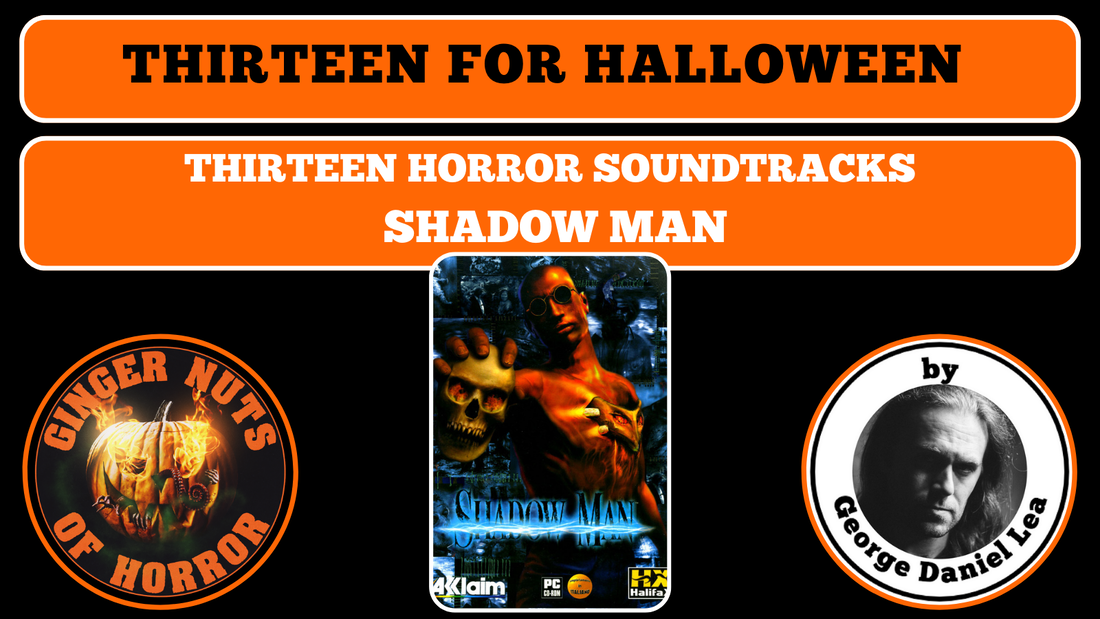








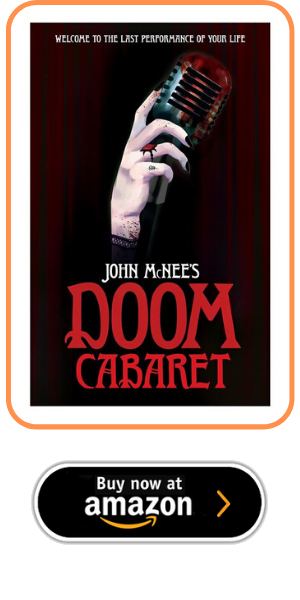
 RSS Feed
RSS Feed

